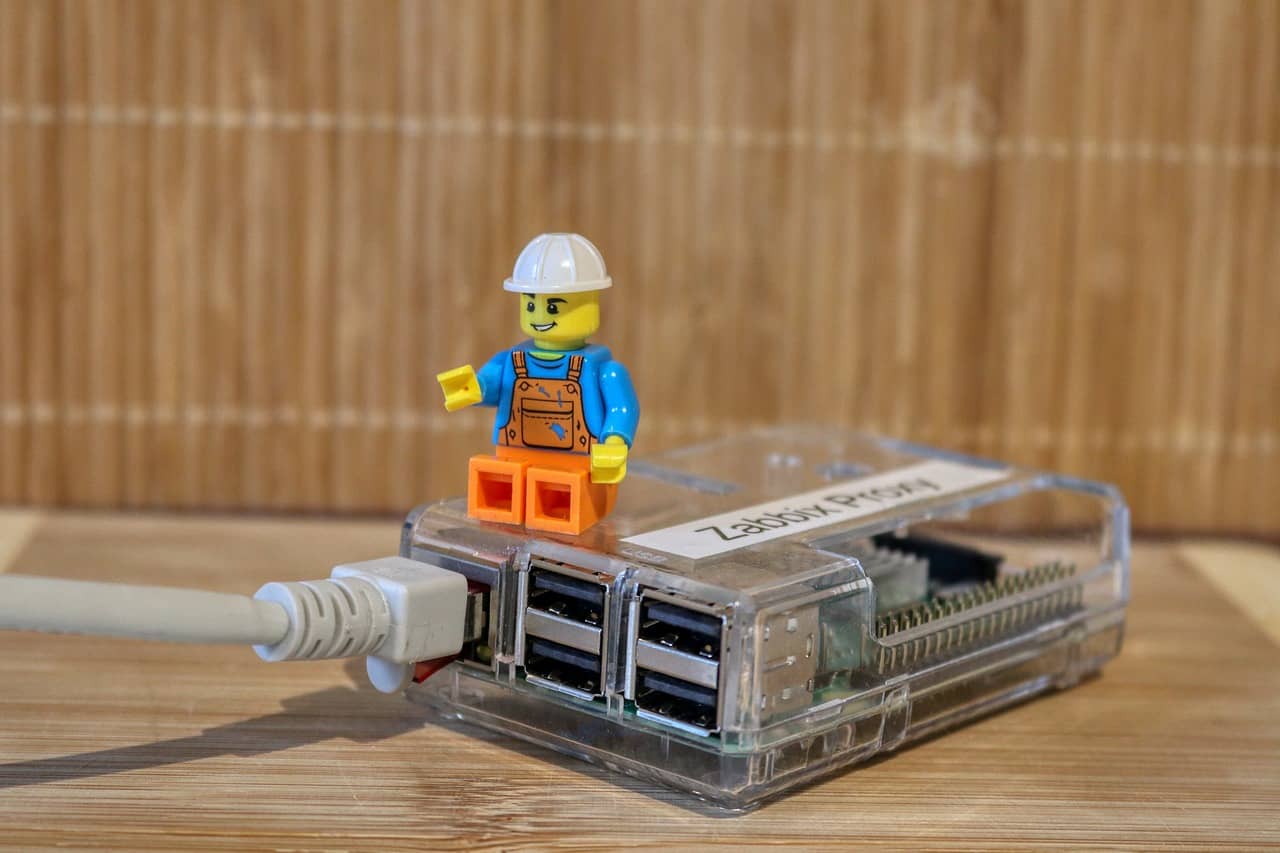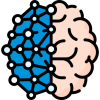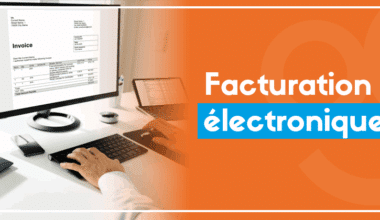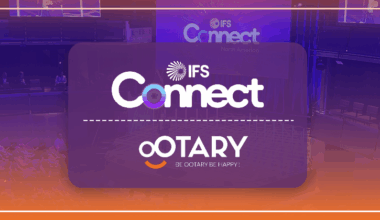Transformation through IoT: Managing data and IT systems efficiently.
The Internet of Things (IoT) is radically transforming the way companies approach the management of their data and IT systems. Every day, users generate a massive amount of data, reaching up to 2.5 quintillion bytes, creating a major challenge to stay relevant in an ever-changing digital environment. However, the IoT is emerging as a key solution for making sense of this abundance of data by introducing automation where it's needed. For example, Workflow Management Software is specifically designed to aggregate data from these connected devices, bringing significant improvements in both the professional and personal spheres.
In this context, it is crucial to understand that managing massive data and adapting to the constant evolution of IT technologies poses significant challenges. Fortunately, the IoT offers innovative solutions to meet these challenges head-on. This article will look at how the IoT can help improve the management of data and IT systems within your company, offering exciting opportunities for the future.

IoT: definition
The Internet of Things (IoT) is a network of physical devices connected to the Internet, capable of collecting, transmitting and exchanging data, creating an ecosystem of interconnected objects for various applications.
How does the IoT work?
To fully understand how the IoT can transform the management of data and IT systems, it's essential to define precisely what the Internet of Things is. The Internet of Things (IoT) refers to a network of physical terminals, commonly referred to as "objects", that incorporate various components such as sensors, software, and other technologies enabling them to connect to other terminals and systems via the Internet, and exchange data with them. These objects are not limited to everyday devices such as smartphones or tablets, but also include complex industrial equipment, medical devices, connected vehicles, environmental sensors and much more. With over 15 billion IoT devices connected today, experts predict that this number will exceed 22 billion by 2025.
Intelligent IoT applications
The importance of the IoT lies in its ability to connect everyday objects, from household appliances and vehicles to thermostats, baby monitors and more advanced industrial applications. This connectivity enables seamless communication between people, processes and objects. Thanks to technological advances such as cloud computing, Big Data, analytics, mobile technologies and artificial intelligence, physical objects can share and collect data with minimal human intervention.
In this hyper-connected world, digital systems are able to record, monitor and adjust every interaction between connected objects. The physical world merges with the digital world, opening up new prospects for cooperation and value creation.
The key technologies that have made the IoT possible
The idea behind the Internet of Things is an old one, but its mass deployment is the result of significant technological advances in various fields. Here are just some of the advances that have made the IoT possible:

Affordable, economical sensors
Affordable, reliable sensors are now available, enabling wider adoption of IoT technology by a variety of industries.

Connectivity
The proliferation of network communication protocols for the Internet has made it easier to connect sensors to the cloud and other objects, improving the efficiency of data transfer.

Cloud platforms
The increasing availability of cloud platforms has given businesses and consumers access to the infrastructure they need to evolve without having to manage their own infrastructure.

Machine learning and analysis
Advances in machine learning, analytics, and access to vast data stored in the cloud are accelerating insights for businesses. The continued expansion of these technologies is pushing the boundaries of IoT, fueled by the data generated.

Conversational artificial intelligence
Advances in neural networks have enabled IoT terminals to process natural language, making personal digital assistants such as Alexa, Cortana and Siri affordable and suitable for home use.
The combination of these technological advances has given rise to the IoT era, creating new opportunities and considerable benefits for data management and IT systems within companies.

The benefits of IoT in Data Management
The IoT brings considerable benefits when it comes to data management. Here's how:
Improved Data Collection and Analysis
One of the key strengths of the IoT lies in its ability to collect real-time data from sensors deployed on a variety of company equipment and assets. This includes everything from production machines to delivery vehicles. IoT sensors transmit accurate, reliable data in real time, improving the quality of information available to you. For example, as CIO, this means you have more accurate data to make informed decisions.
Improving Data Accuracy
IoT reduces the likelihood of human error in data collection and entry. IoT sensors are programmed to record data consistently and accurately. This means you can have confidence in data quality, which is essential for business operations and decision-making.
IoT integration in ERP systems
The integration of IoT into ERP systems is a crucial step in taking full advantage of this technology. A common mistake is to consider IoT as an isolated addition. Instead, it's necessary to look to integrate IoT sensors into existing processes. This can be done by working closely with operational teams to identify areas where IoT sensors can add value.
Successfully integrating IoT into ERP systems can have a significant impact on business operations. For example, a manufacturing company has integrated IoT sensors into its production machines. These sensors collect data on machine performance, downtime and maintenance requirements. The data is automatically transferred to the ERP system, enabling proactive maintenance planning, avoiding costly downtime and improving overall efficiency.
Massive Data Management with the IoT
Managing massive data is one of the major challenges facing businesses. The IoT plays a key role in improving this management. Thanks to the IoT, massive data can be analyzed in real time. Information collected by IoT sensors is automatically routed to analysis systems, enabling faster, more accurate decision-making. This real-time analysis capability is crucial for a company, enabling it to react instantly to market developments and emergency situations. What's more, the IoT offers solutions for reducing the complexity of massive data. For example, IoT-based algorithms can automatically detect anomalies in data, simplifying the identification of potential problems.
Business Process Automation with IoT
Business process automation is one area where the IoT (Internet of Things) can generate significant impact and bring considerable benefits. The IoT can streamline many manual tasks within companies, resulting in reduced operational costs and improved efficiency. For example, in the logistics sector, IoT can be harnessed to track delivery vehicles in real time, optimize routes, minimize fuel costs and improve fleet management.
A concrete example of how IoT can be used to automate business processes is fleet management. IoT sensors installed on fleet vehicles monitor their location, use and condition in real time. The data collected is invaluable for optimizing routes, planning preventive maintenance and reducing operational costs. This enables companies to gain in efficiency and maximize their resources, while improving the quality of the services they offer. The IoT is thus proving to be a major asset in the automation of business processes.
Predictive maintenance thanks to IoT
Predictive maintenance plays a critical role in preventing unplanned downtime within companies. The IoT offers innovative solutions to this problem, providing an effective means of guaranteeing business continuity.
The predictive maintenance enables equipment maintenance to be scheduled before it breaks down. This reduces unplanned downtime and improves asset availability. IoT enables real-time monitoring of equipment and anticipation of breakdowns. IoT sensors collect data on equipment performance, temperature, vibrations and more. The data is analyzed to detect signs of impending failure.
Many companies, particularly in the industrial sector, have adopted the IoT to implement predictive maintenance strategies. For example, a wind power plant uses IoT sensors to monitor its turbines in real time. The data collected is then carefully analyzed to anticipate maintenance needs.
Optimize your company's performance with Armony Solution :
In conclusion, the Internet of Things (IoT) is emerging as a must-have technology today, offering cutting-edge solutions for managing data and IT systems. In a world where data generation is reaching astronomical proportions, the IoT is acting as a catalyst to make sense of this abundance of data.
Armony Solutionwith its proactive and innovative approach, is a strategic partner for companies wishing to master these challenges. Our solution offers advanced data management, integrating with your IT environment, including your ERP and all other applications.
With Armony Solution, you're not only ready to meet the challenges of the IoT, but also to take full advantage of it. Data collection, processing, automation and security become integrated processes that strengthen your competitive edge. You can harness the data generated by the IoT to improve operational efficiency, boost employee productivity, enhance the experience and optimize your business processes.






